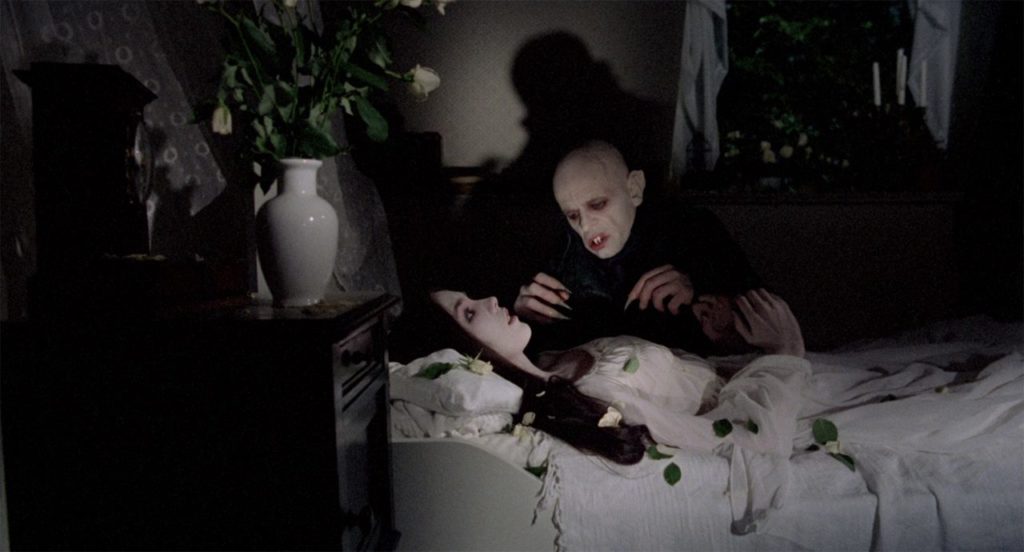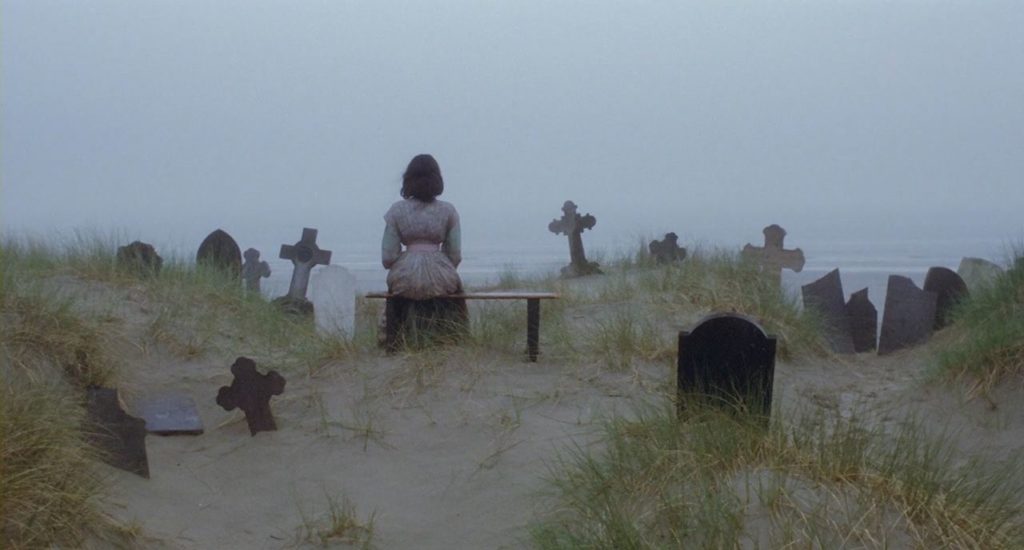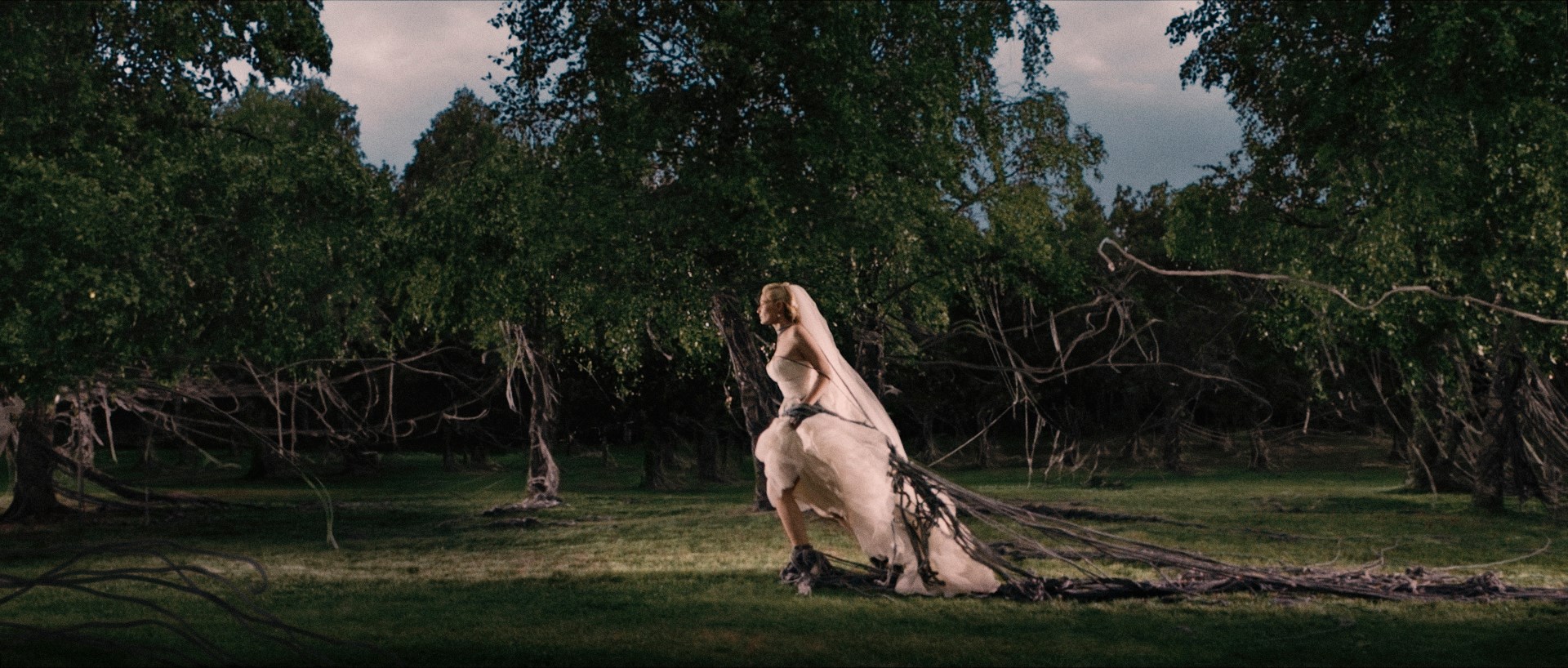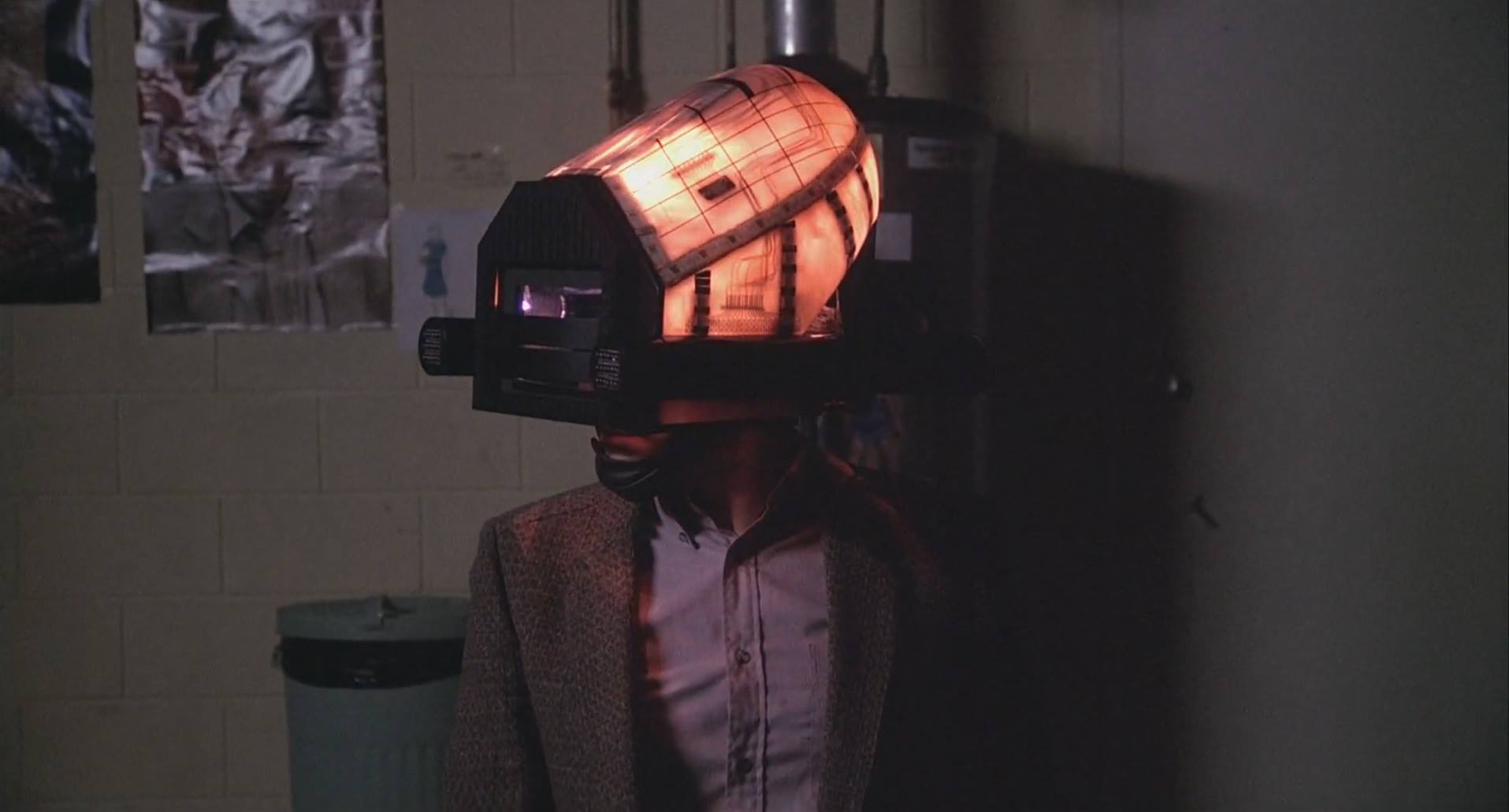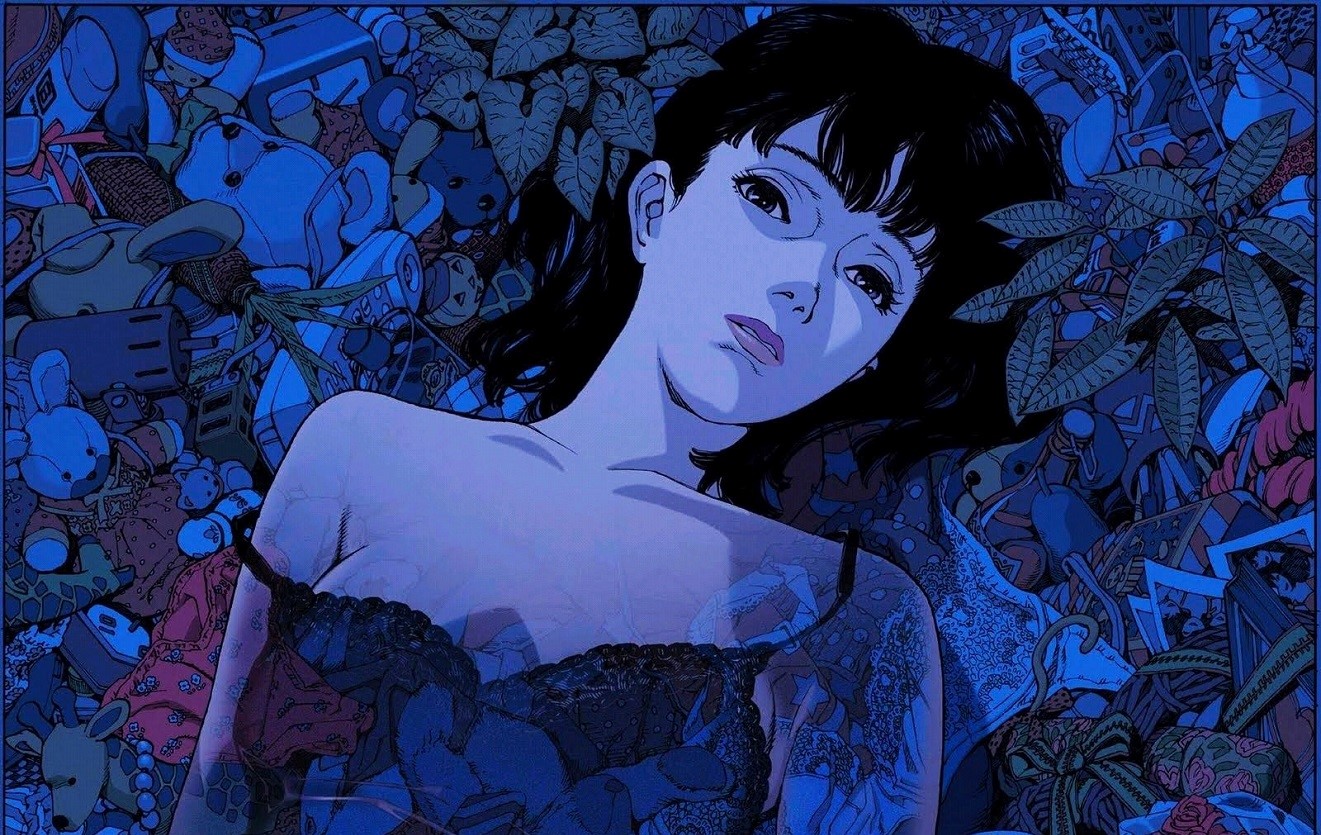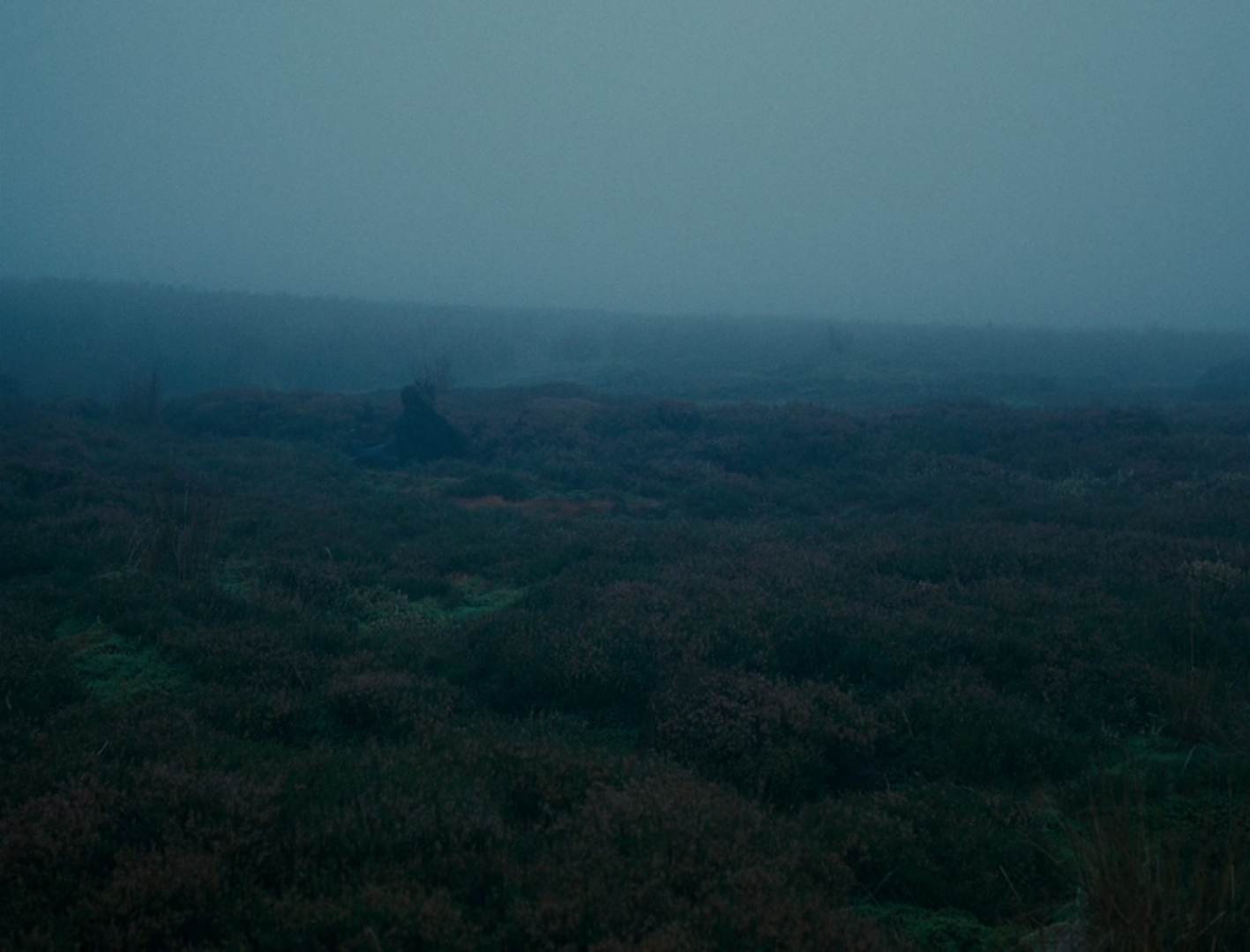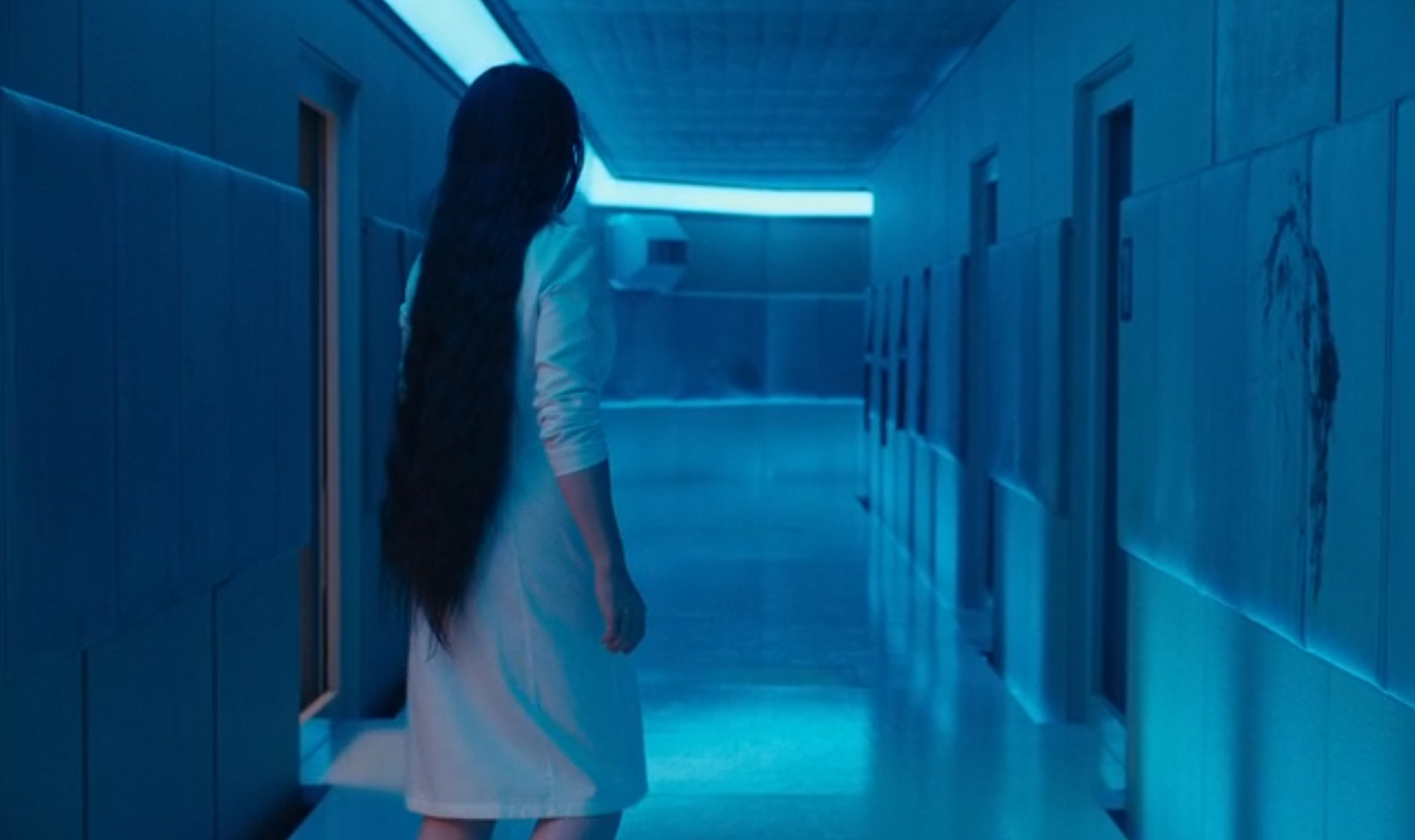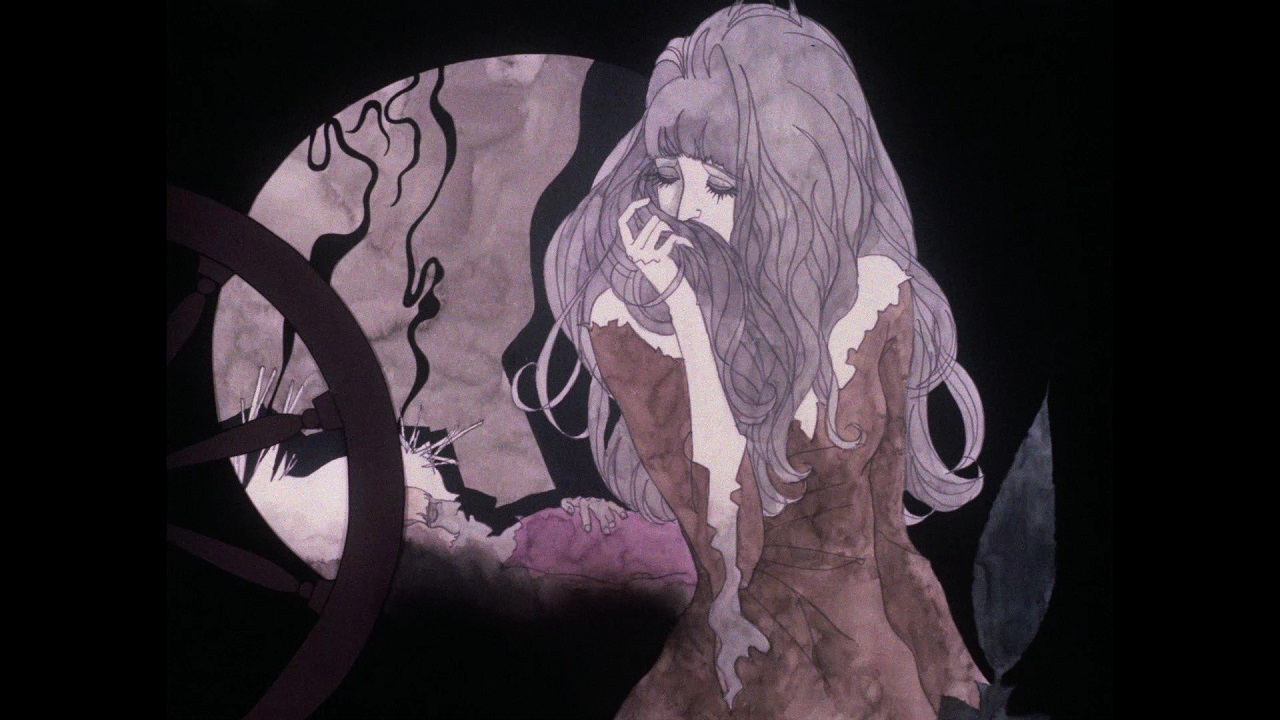There are two cinematic masterpieces depicting Nosferatu: Nosferatu: A Symphony of Horror (1922), a German expressionist film adaptation of Dracula, and Nosferatu the Vampyre (1979), dir. by Werner Herzog, a remake of Murnau’s version of the vampire story. Nosferatu is a subversion of the myth of Dracula. Whilst in Bram Stoker’s writing and in most cinematic depictions over time the Count is romanticised and generally portrayed as an elegant, rich, estranged and antisocial aristocratic count, hence an eerily human figure, Murnau’s Count Orlok is anything but elegant: much more animalistic and frightening-looking, he has a cadaverous rat-like appearance, and hands with claws that are usually held up in a bestial threatening way. Despite all this, Orlok is not as evil or cruel as Stoker’s Dracula- he is, instead, depicted as an alienated weakened creature living in a place in ruins. Herzog takes this concept even further, making the repulsive creature become more pitiful than scary. The face of immortality is no longer glamorous and glorified- it’s shown as unappealing and sometimes comically repugnant.
The animalistic features of Nosferatu are supposed to establish an association with the Natural rather than the Supernatural. Despite his unearthly powers, emphasised through special effects including superimposition, negative shots, and sped-up images, he should not be completely separated from the natural, rational world. He is less calculated and not as consciously sadistic as Dracula, who manifests a wicked pleasure in torturing Harker. An illustrative instance is when he tells him he is free to leave the castle if he wants- yet when he tries to do so, he is surrounded by wolves whilst Dracula’s cruel satisfaction is shown. According to Jonathan’s description in the book, Dracula is a cruel-looking old man (gradually rejuvenating), emanating the elegance of an elderly person. There is no blatant sexuality in his character, as he is not the lascivious gallant of other cinematic interpretations of vampires; yet there is a more subtle deadly sensuality in the passivity he induces in women. Since he is not constant in appearance, his sexual character is weakened, while his deathly nature is emphasised: when he feeds upon his preys, his body rejuvenates, reminding us of the theme of human mortality. Count Orlok’s image, on the other hand, is completely removed from any idea of sensuality and regeneration, being closer to a beast than the romanticised figure of the vampire.
As far as other characters are concerned, their numbers and roles are generally reduced in Nosferatu: Throughout the cinematic story, the male characters are either unimportant or completely eliminated from the plot. Whereas in the novel the men play an important role in defending womanhood and removing the threat, the film transfers the agency to the woman, who ultimately dies. This distinction between the literary and the cinematic work stems from the different outlooks of their creators. Thematically, Bram Stoker wanted to depict a fight between two human systems, between science and myth, good and evil, symbolised by the normal middle class (the band of virtuous, equal men and chaste women with their domestic, civilised ideals) versus the world of Dracula (the arrogant estranged and antisocial aristocratic count who controls the dark creatures and the alluring women). Order is inevitably re-established through the happy Victorian ending showing the triumph of the bourgeois family. As opposed to that, Herzog reflects Murnau’s version of the story which was influenced by his German expressionist pessimism and lack of faith in the social scheme of the bourgeoisie, reflected by the tragic ending.
The theme of Nosferatu is psychological rather than social: it is more about the dualistic nature of humans, about the good and evil inside all of us. In Murnau’s work, this idea is reinforced by replacing female sexual dichotomy with female sexual ambivalence. From a Kracaueresque perspective, it reflects the German obsession with the dark forces integrated in our rational world. The contrast between chastity and sexuality is present in the book through female vampirism, whereas, in Nosferatu, this ambivalence is accomplished in the representation of Ellen as being both repulsed and subconsciously attracted to Nosferatu. A scene which reflects Ellen’s ambivalent character is when she awakens during the night, calling out and making Nosferatu withdraw from Hutter’s body. Beside the process of identification between her and the Count, the viewer also gets the ironic impression that Ellen reaches out for Nosferatu, not for Hutter, due to the cross-cutting showing the reactions of the two of them consecutively.
The elimination of female vampirism in Murnau’s adaptation is part of a purposeful process of displacement, just as Van Helsing’s simplified role is. Unlike the active patriarchal figure who uses hypnosis to help Mina remembers and interpret what she sees, Nosferatu’s Van Helsing or Prof. Bulwer, is only present in order to lecture on natural vampirism (the study of the Venus flytrap). This reinforces the idea that the phenomenon of Nosferatu should be seen, metaphorically, as a part of (human) nature. This is also relevant because it forces the woman to act, subverting gender roles. The main female character, Lucy, who is often found in a state of agony induced by night terrors, displays agency. She realises that the source of death is not the plague, and after vain attempts to convince the others, she sacrifices herself to lure and destroy evil. Ellen’s actions, however, are impulsive and based on superstition rather than science. Science has a merely theoretical role in the film; it is not enough in the process of understanding and explaining human nature. Initially, the Wisborg inhabitants do not question the occurrence of the plague- they are unaware of the undead and treat the event as a natural one. As a result, the horror of the vampire is replaced by isolation and acceptance of the threat.
There are some binary oppositions that remain present in Nosferatu, namely the contrast between the West and the East, between the familiar and the uncanny, between science and mysticism, between self and the ‘other’. At the beginning of Nosferatu, we see Hutter and Ellen revelling in the domestic bliss of their him, smiling and playing with kittens; by contrast, later on, Nosferatu’s dwelling proves to be very inhuman and barbaric. Whilst the classical binary oppositions are frequent in western culture, what is special about these stories, and about the horror genre in general, is the importance of the supposed area in between- the twilight zone. Due to his corporeal insubstantiality and the appearance he maintains, Dracula is not easy to categorise. The vampire is a phantom, a figure of inconstant substance, as opposed to a recognised monster (such as Shelley’s monster). Nosferatu is also given a ghostly appearance and presence by means of superimpositions and the magnified shadows on the walls. Nosferatu’s spectral nature may be a sign of self-reflexivity employed by Murnau: Actors also become ghost-like when they are projected on screen. The technique of self-reflexivity is a characteristic of German Expressionism.
While Dracula portrays a struggle between types and an external conflict between good and evil, ending with the triumph of the civilised over the alienated and the visceral, Nosferatu’s story remains carved in ambiguity. Nosferatu is trapped between the land of reason and the land of the supernatural; his figure symbolises the duality of human nature. The film speaks about the world within us, the world of repressed fears of mortality and desires for the uncanny. Count Orlok stands for “haunting dreams that will climb forth from your heart and feed on your blood”, as mentioned in the first tiles of the film.


